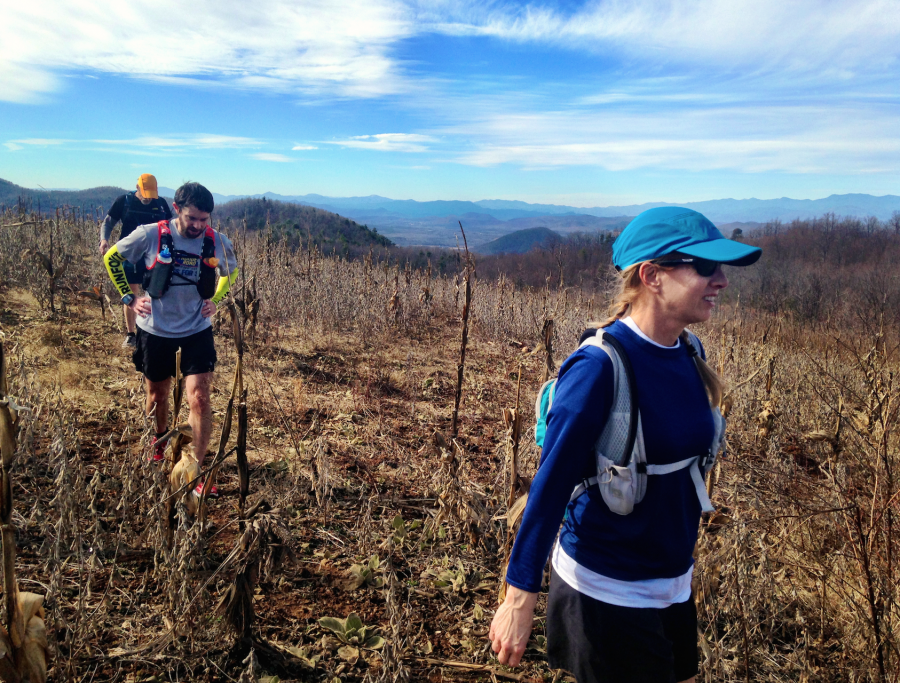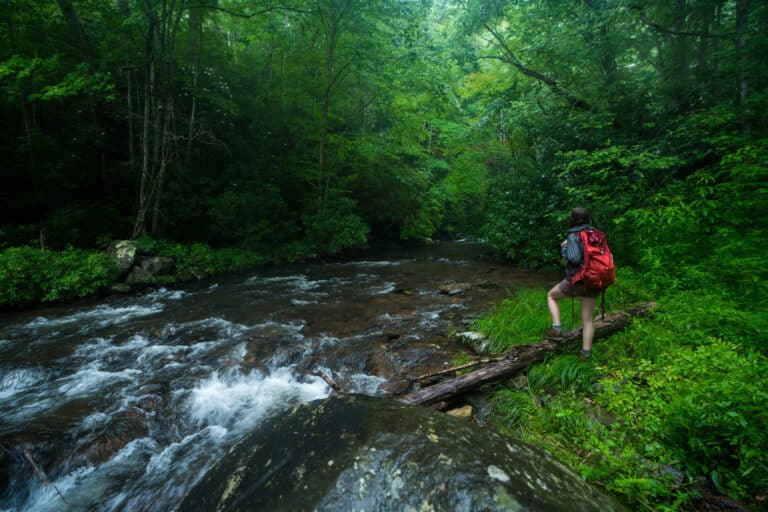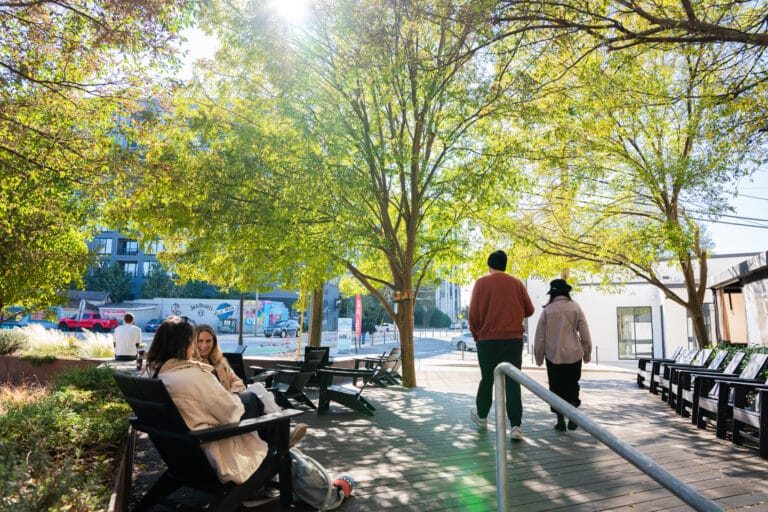Between the low rolling hills of the Piedmont and the steep slopes of the Blue Ridge Escarpment lies the isolated mountain range of the South Mountains in North Carolina, a range of mountains often forgotten to its bigger neighbors to the north and west. The South Mountains include many clear mountain streams, beautiful waterfalls, scenic vistas, and elevations that rise up to 3,000 ft. And almost half of the range is protected from development as either State Park or Game Lands, encompassing nearly 40,000 acres of the highest peaks and headwaters of the mountain range.
I have been running in South Mountains State Park for years. Due to its relatively close proximity to my work and home in the Catawba Valley, I have been a frequent user of the state park and its near 40 mile trail system in the park’s eastern side. That being said though, a recent western addition to the park has nearly brought the park’s boundaries to my doorstep and countless others’ in nearby Morganton, N.C. Nearly all of this land is just a short drive of 10-15 minutes from Morganton, unlike the current entrance which is almost 30-40 minutes away. The only problem with this, though, is that there is currently limited access into this section of the park and little to no trails in its near 9,000 acres, which is almost half of the park’s size.
Every year in January I am reminded of this lack of recreational opportunity in the western half of the South Mountains when I join fellow adventurers and friends for the running of the Sultan 50K, which is a joyous “fun run” celebration of birthdays including red velvet cake and fuzzy crowns. The run starts in the western end of the park along Roper Hollow Road and continues into the eastern end of the park and its developed trail system. This road straddles the boundary of the State Park and the State Game Lands and follows it for nearly 10 extremely scenic miles. In my opinion, this gravel/dirt road might be the most scenic of all paths in the South Mountains. It is also the main gateway to explore the western end of the park and the surrounding Game Lands.
After this year’s running of the Sultan 50K, I decided to return to Roper Hollow Road with some friends and explore more of what the area had to offer. I had noticed many paths leading into the Game Lands off the road during the Sultan 50K and we decided to explore those first. To our surprise, we soon entered into a ridgeline wildlife field and witnessed one of the most spectacular views of the Blue Ridge I had ever seen (along with a rare bobcat sighting). Not only could we see the surrounding peaks of the South Mountains, but the view stretched from the highest ridges of the Hickory Nut Gorge all the way past the northernmost peak of the towering Black Mountain Range. The Game Lands are riddled with many of these trails, but there is currently no public map of where they all lead. This, coupled with the fact that hunters do frequent the area, has probably kept curious adventurers from exploring this gem of land, that offers much more recreational opportunity other than just hunting.
After being in awe of the views we had just experienced, our group next set our sights onto Buzzards Roost, the highest peak within South Mountains State Park, which sits at just under 3,000 ft in elevation and towers 1,900 ft above the surrounding valley. Surprisingly, there is no trail to this iconic peak of the South Mountains. Therefore, it was time for some bushwhacking. After a short mile and half bushwhack to the summit, we headed just down slope to a cliff and we were rewarded with another breathtaking view of the mountains of North Carolina. Our view now stretched from the Craggies in the south all the way past Grandfather Mountain in the north. The view also afforded us a look right into the heart of the Linville Gorge. The lack of a trail to this location just seemed odd to me.
As we returned from our wanderlust into the western end of the South Mountains, I was perplexed by the lack of recreational opportunity that lied there, but also excited to explore it even more. I have spoken with the rangers of the park on many occasions about the lack of recreation on the western side and they too expressed my desire to open the western end up with more trails and other recreational opportunities, but currently there is a lack of allocated funding to make that happen. It would be great to see a ground swell of support for the further development of recreational opportunities in the western end of the park, but I doubt many folks even realize the potential that lies within its borders. Maybe with the mass support of the outdoor community, we can all see the untapped potential of the South Mountains become a reality to more than just the ambitious adventurer.







